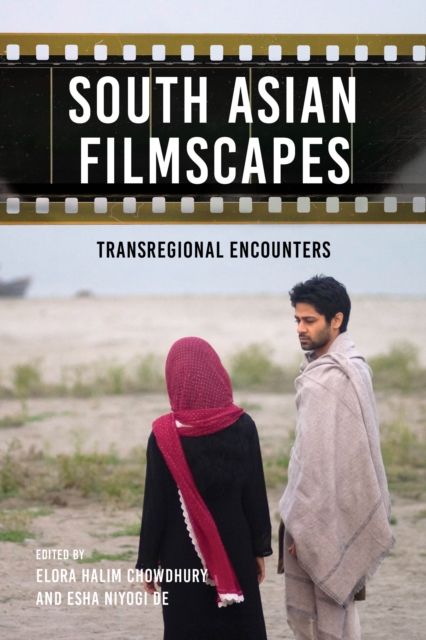CITESTE MAI MULT
Detalii
Descriere RO
In South Asia massive anticolonial movements in the twentieth century created nation-states and reset national borders, forming the basis for emerging film cultures. Following the upheaval of the partition of India and Pakistan in 1947 and the Bangladesh Liberation War of 1971, new national cinemas promoted and reinforced prevailing hierarches of identity and belonging. At the same time, industrial and independent cinemas contributed to remarkably porous and hybrid film cultures, reflecting the intertwining of South Asian histories and their reciprocal cultural influences. This cross-fertilization within South Asian cultural production continues today.
South Asian Filmscapes excavates these complex politics and poetics of bordered identity and crossings through selected histories of cinema in South Asia. Several essays reveal ways in which fixed notions of national identity have been destabilized by the cross-border mobility of filmed arts and practitioners, while others interrogate how filmic politics intersects with discourses of nationalism, sexuality and gender, religion, and language. Together, they offer a fluid approach to the multiple histories and encounters that conjure "South Asia" as a geographic and political entity in the region and globally through a cinematic imagination.
EdituraUniversity of Washington Press
Dimensiuni154 x 228 x 24
Data Publicarii30/11/2020
Format
Necartonata
Numar pagini340
Aceasta este o carte in limba engleza. Descrierea cartii (tradusa din engleza cu Google Translate) este in limba romana din motive legale.
In Asia de Sud, miscarile anticoloniale masive din secolul al XX-lea au creat state nationale si au resetat frontierele nationale, formand baza pentru culturile cinematografice emergente. In urma rasturnarii divizarii Indiei si Pakistanului in 1947 si a razboiului de eliberare din Bangladesh din 1971, noile cinematografe nationale au promovat si consolidat ierarhii dominante de identitate si apartenenta.

